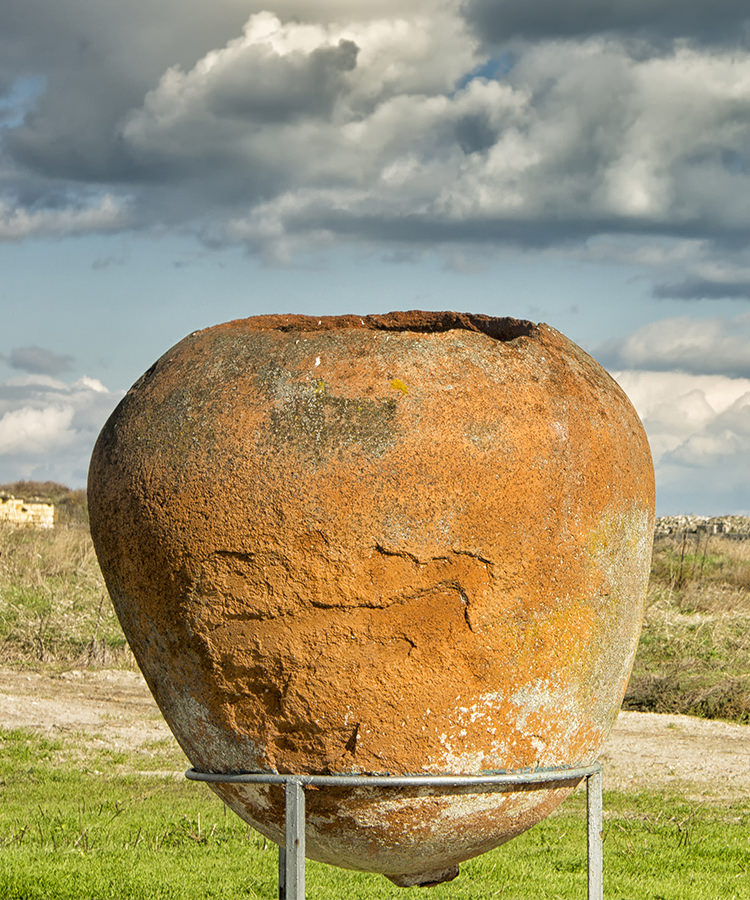It’s well known that humans have been consuming wine for thousands of years. Exactly how many years, however, has been up for debate — until now. The oldest evidence of wine making — dating back to 6,000 B.C. — was recently found in the country of Georgia, according to the New York Times.
The find was made by Patrick McGovern, a molecular archeologist from the University of Pennsylvania Museum of Archeology and Anthropology. He has extensive experience researching the origins of winemaking, and while examining the remains of two villages from the Neolithic Era, he and his team found clay wine jugs.
The jugs could hold 300 liters of wine, and McGovern and his team postulated the vessels were stored underground to ferment. Researchers analyzed shards from these clay jugs and found evidence of tartaric, malic, succinic, and citric acids, which are some of the main indicators of the presence of wine. Furthermore, radiocarbon tests of the shards indicated they were from the years 6,000 B.C. to 5,800 B.C. The study also suggests that the clay jars were likely used for serving and storing, in addition to fermentation. A similar method of underground wine fermentation is still practiced in Georgia today.
The study, published in the journal “Proceedings of the National Academy of Sciences,” suggests several human reasons for wine’s ancient history.
“Wine is central to civilization as we know it in the West,” the study’s abstract reads. “As a medicine, social lubricant, mind-altering substance, and highly valued commodity, wine became the focus of religious cults, pharmacopeias, cuisines, economies, and society in the ancient Near East.”
The oldest evidence of winemaking was thought to have been discovered in what is now modern day Iran, dating back to between 5,000 B.C and 5,400 B.C. This new evidence shows people have liked wine for far longer.
